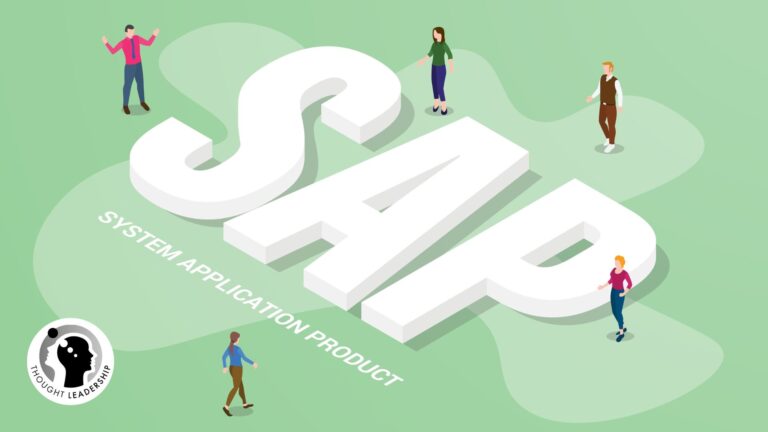
Nexperia: Niederlande geben Kontrolle über Halbleiter-Firma ab
Durchbruch im Konflikt um die Lieferung von Chips für die Autoproduktion. Die Niederlande lenken ein und senden ein positives Signal nach Peking.

Durchbruch im Konflikt um die Lieferung von Chips für die Autoproduktion. Die Niederlande lenken ein und senden ein positives Signal nach Peking.

Der Online-Riese Amazon wehrte sich mit einer Klage gegen schärfere EU-Regeln. Das EU-Gericht erteilte ihm dabei eine Absage. Schon einem deutschen Unternehmen ging es ähnlich.

Für den auf den Einsatz in der Industrie spezialisierten Roboter baut Agile Robots eine Produktion in Bayern auf - bei Fragen zur Größe und angestrebtem Volumen bleibt das Unternehmen zurückhaltend.

Kein Zugriff aufs E-Mail-Konto: Die beiden großen deutschen E-Mail-Anbieter Web.de und GMX haben derzeit Login-Probleme. Tausende Nutzer schauen in die Röhre.

Der diesjährige Physiknobelpreis hat Quantencomputer noch stärker in die Öffentlichkeit gerückt. Rund um die Funktionsweise und das Potenzial der komplexen Technologie kursieren jedoch zahlreiche Mythen.

Von SAP ERP HCM auf SAP HCM für S/4HANA (H4S4) ohne spürbaren Verlust der bisherigen und mit Einführung neuer S/4-spezifischer Funktionen. Diese Aufgabe hatten sich die Stadtwerke München (SWM) zum Ziel gesetzt. Für die zeitgerechte Umsetzung holte sich das kommunale Versorgungsunternehmen Unterstützung von den Natuvion HCM-Experten.

Europas Techbranche boomt, doch die USA bleiben bei Wagniskapital uneinholbar vorn - etwa beim Wettlauf um Künstliche Intelligenz. Immerhin: Deutsche Start-ups holen auf, zeigt eine Studie.

Cloudflare hatte mit einer massiven Störung zu kämpfen. Viele Internetdienste wie X, ChatGPT und Co. waren über Stunden nicht mehr zu erreichen. Das Unternehmen gab nun eine Stellungnahme ab und erklärt, worin letztlich das Problem lag. Ein Cyberangriff war es jedenfalls nicht.

Google hat die dritte Generation seines Sprachmodells Gemini freigegeben. In Leistungstests übertrifft es erstmals die Konkurrenz deutlich.

Eine internationale Untersuchung von PwC zeigt, wie Beschäftigte weltweit und in Deutschland auf den Einsatz von Künstlicher Intelligenz blicken.